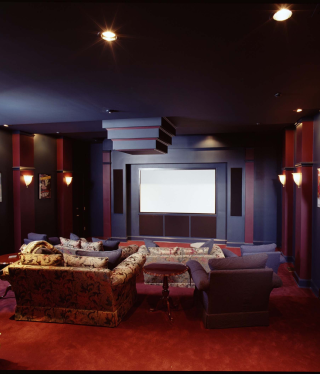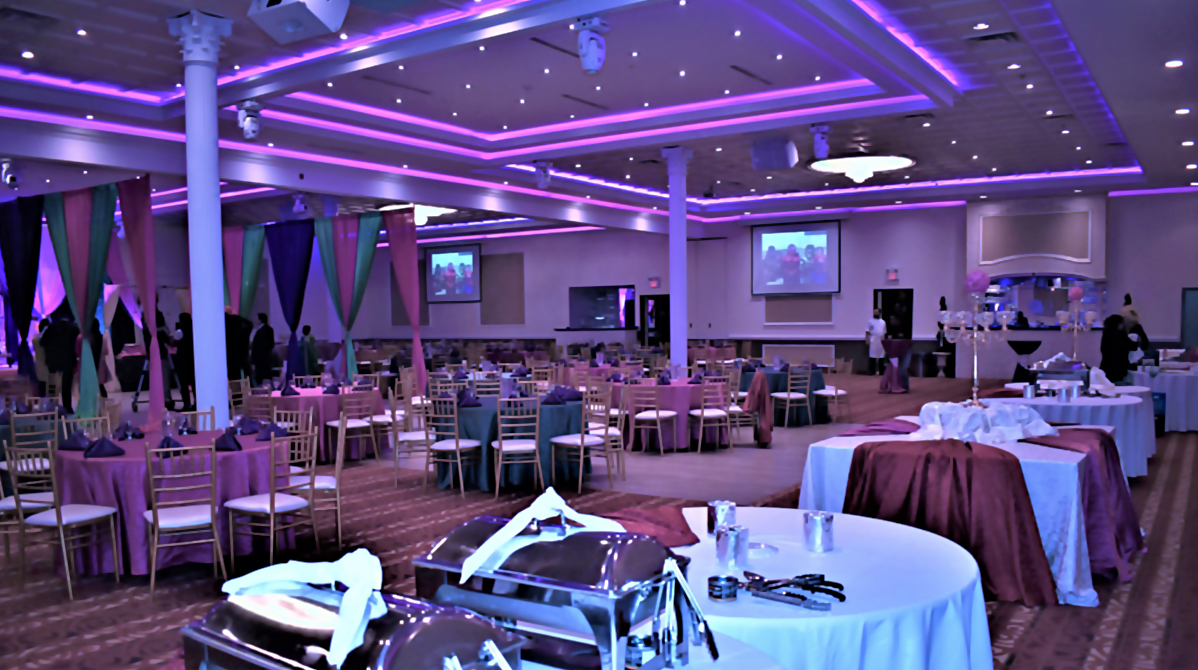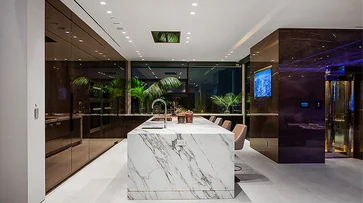Understanding Warm Dimming:
Creating Cozy and Relaxing Lighting Environments
Introduction
When it comes to setting the right ambiance and creating a cozy atmosphere, lighting plays a crucial role. Warm dimming, a lighting technique gaining popularity in recent years, uses the adjustment of color, temperature and brightness to create a relaxing and inviting environment. In this article, we will explain what warm dimming is, how it works, and the benefits it offers in enhancing our living spaces.
What is Warm Dimming?
Warm dimming, also known as dim-to-warm lighting, is a lighting system that mimics the color temperature changes of traditional incandescent bulbs when dim. As the light is dimmed, it gradually transitions from a crisp, cooler color temperature (typically around 3000K) to a softer, warmer hue (around 2200K). This mimics the comforting and cozy ambiance created by a traditional incandescent bulb.
How Does Warm Dimming Work?
Warm dimming utilizes advanced LED technology to achieve the smooth transition in color temperature. LEDs with two different color temperatures are combined within the lighting fixture. As the light is dimmed, the fixture adjusts the relative intensity of each LED, allowing for the gradual shift from cooler to warmer tones.
Benefits of Warm Dimming
1.Enhances Ambiance:
Warm dimming provides a natural and inviting atmosphere, often associated with traditional incandescent lighting. This softer, warmer glow creates a cozy environment that is ideal for relaxation, socializing, or intimate settings.
2.Promotes Relaxation and Comfort:
The warm dimming effect can help promote a sense of relaxation and comfort. The gentle shift in color temperature can have a soothing effect on our senses, helping us unwind after a long day.
3.Supports Wellness:
The warm, dim light provided by warm dimming can help promote better sleep quality. In the evening, exposure to warmer, less intense lighting can signal to our bodies that it’s time to wind down and prepare for rest.
4.Versatility in Lighting Design:
Warm dimming offers versatility in lighting design, allowing for greater control over the atmosphere of a space. From restaurants and hotels to residential settings, warm dimming can be utilized to create the desired ambiance and mood.
5.Energy Efficiency:
While warm dimming provides the cozy glow of traditional incandescent lighting, it does so with the energy efficiency of LEDs. LED technology is known for its long lifespan and reduced energy consumption, making warm dimming a sustainable lighting option.
Implementation of Warm Dimming
To incorporate warm dimming into your lighting design, consider the following strategies:
1.Select Warm Dimming LED Fixtures:
Look for lighting fixtures specifically designed for warm dimming to ensure smooth color temperature transitions.
2.Combine Warm Dimming with Other Lighting Techniques:
Warm dimming can be combined with other lighting techniques, such as layering, to create dynamic and visually appealing lighting environments.
3.Consider Different Areas and Activities:
Assess the specific needs of different areas and activities within your space. Utilize warm dimming in spaces where relaxation, comfort, and ambiance are desired, such as bedrooms, living rooms, common areas.
4.Use Dimmers and Control Systems:
Install dimmers and lighting control systems that are compatible with warm dimming technology to easily adjust the brightness and color temperature as needed.
Conclusion
Warm dimming offers a unique way to enhance the ambiance of our living spaces, providing a cozy and relaxing atmosphere. By mimicking the color temperature changes of traditional incandescent bulbs, warm dimming allows for customization and control over the lighting environment. Consider incorporating warm dimming into your lighting design to create inviting and comforting spaces that promote relaxation and well-being.






